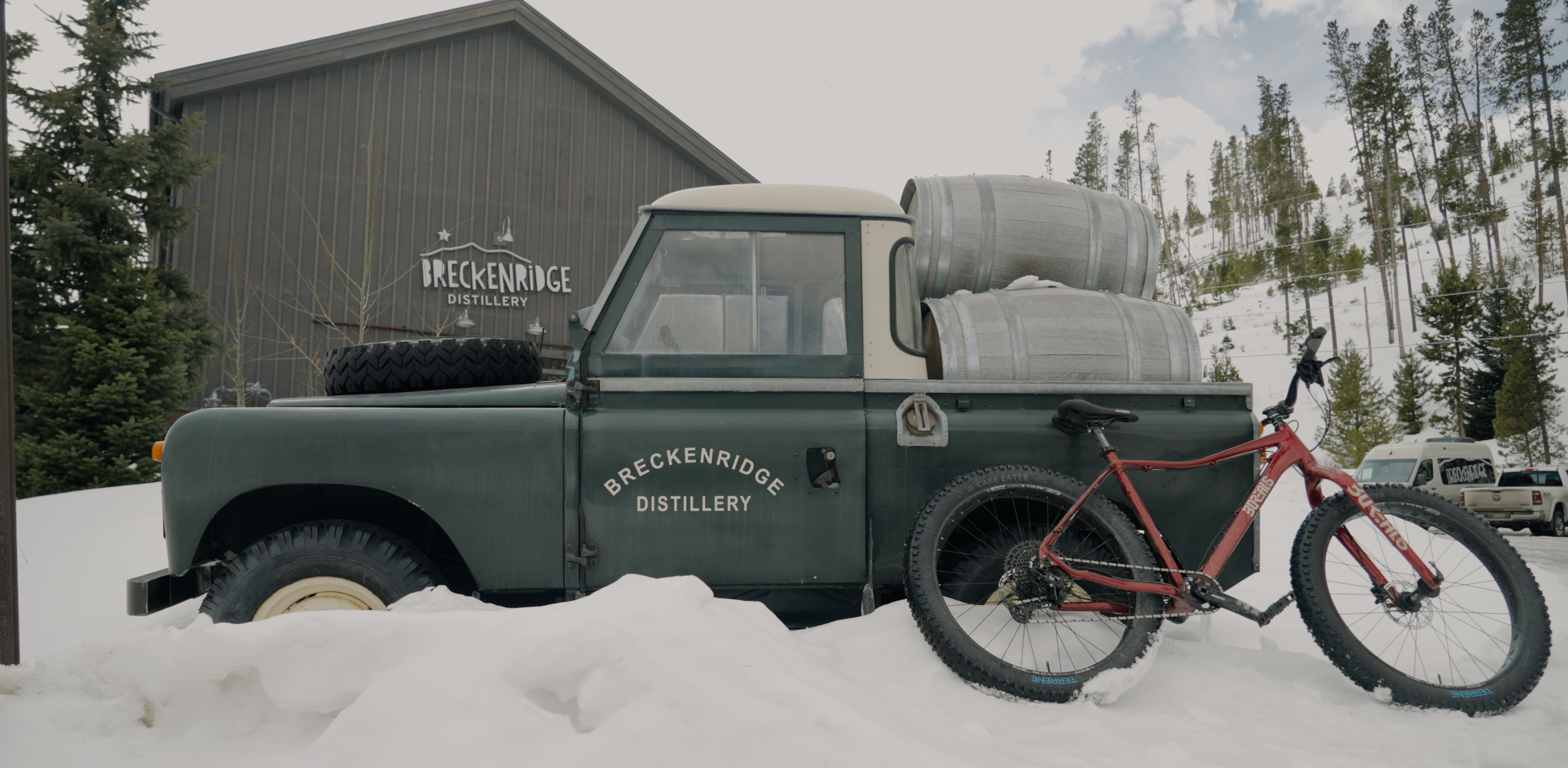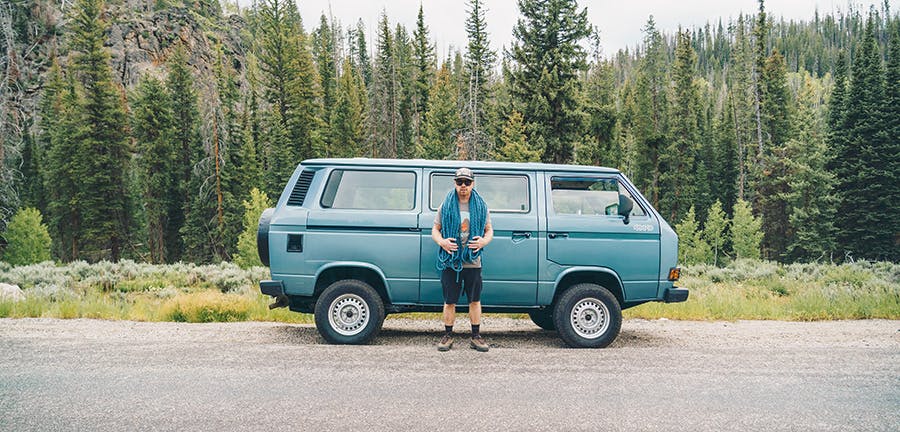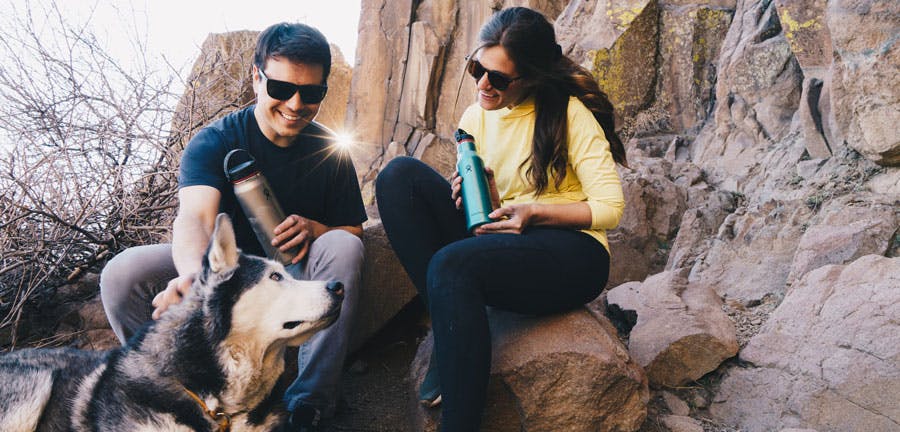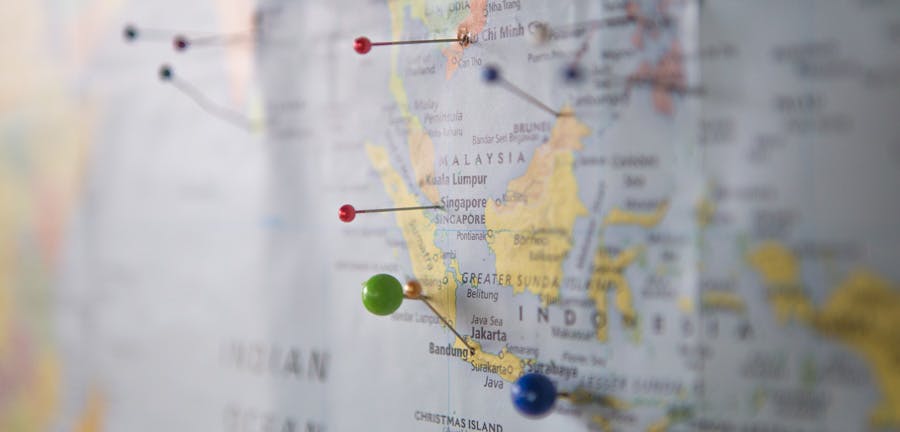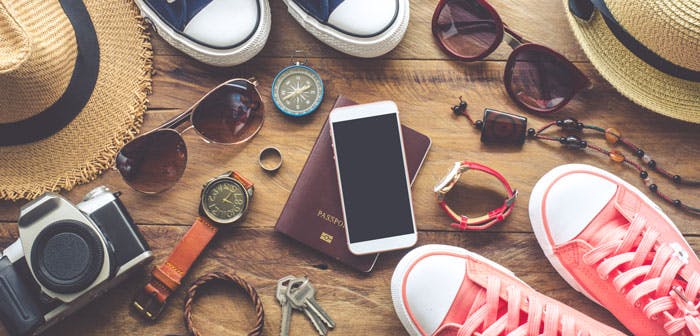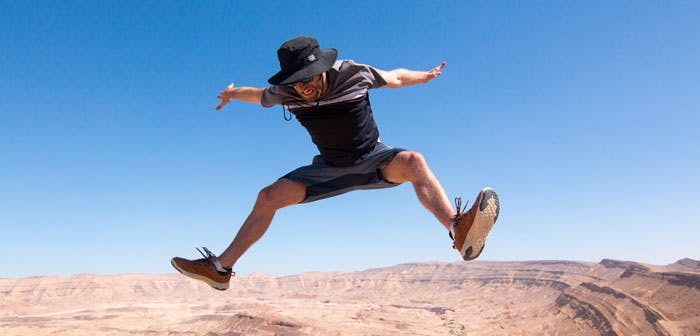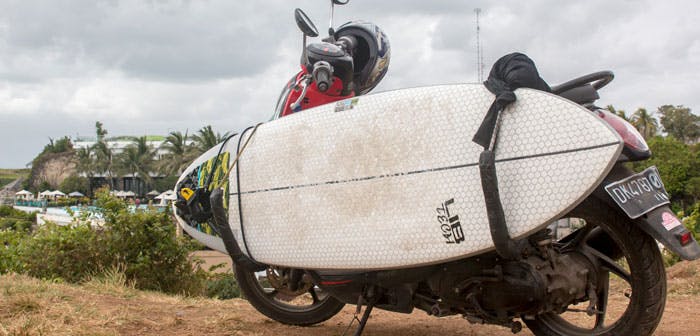Snapshot Morocco: Quick Guide to Surfing
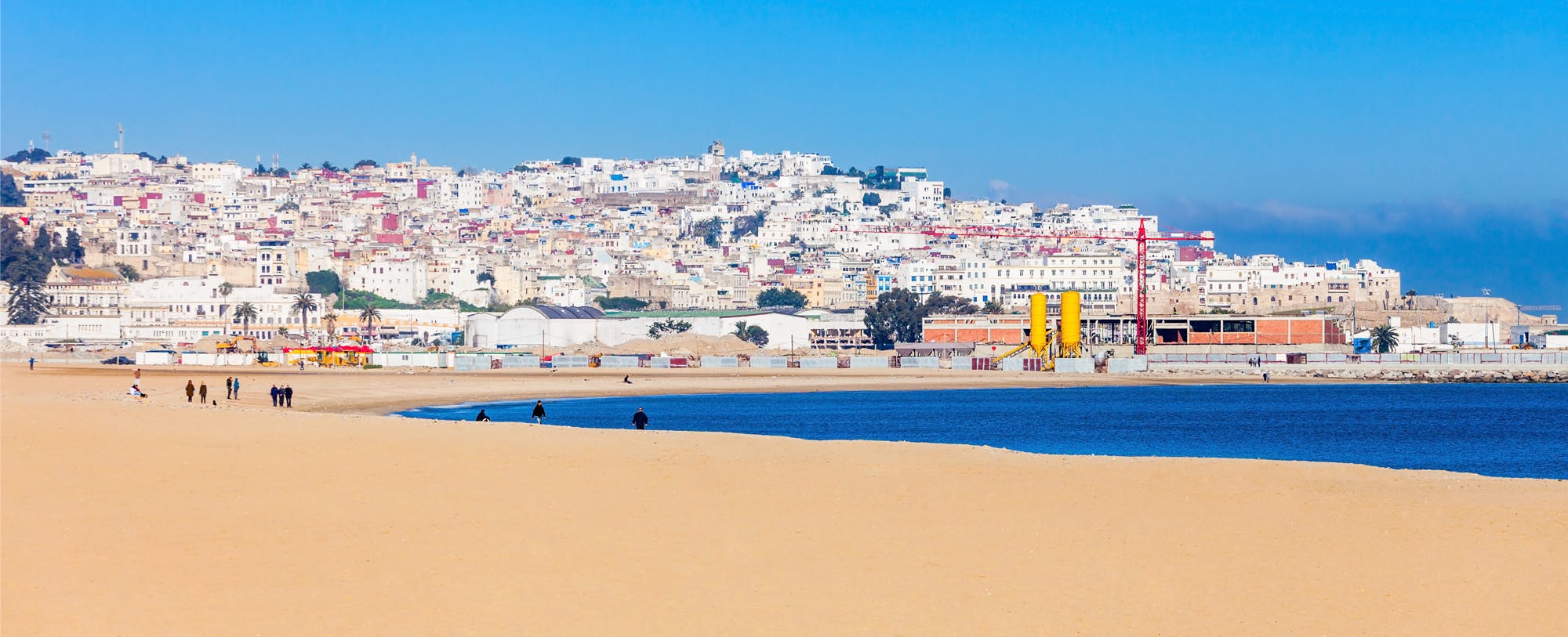
When surfers look at a map of Morocco, they see one thing: potential. With nearly 2000 kilometers of scraggy coastline poised to snag incoming swells, this northwestern shoulder of Africa is a dream destination for surf pilgrims.
There’s more to Morocco than perfect waves, though: vibrant local culture, unforgettable cuisine, and idiosyncratic architecture make the country a high-point for international travelers of all creeds. But when you consider the tubing turquoise waves, reeling along the almost apocalyptic desert shoreline, it’s no wonder why surfers salivate at the very word “Morocco.”
When to go
Fall and winter are the most consistent months for pumping surf in Morocco. Swell swings down the cove-peppered coastline, curling into picturesque righthand point breaks that may very well hold the longest ride of your life—assuming conditions line up.
In the summer, the swell can be pretty flat, but it’s a much better time for beginners and even intermediate surfers to check it out, as it’s also much less crowded. The thing is, even in the off months, the sheer exposure to the Atlantic and the seemingly endless curvature of the coastline mean that there’s likely a wave to be ridden. Booking a trip with a surf guide can make or break a trip during the off-season, as guides will have the inside info on where and when the surf is firing.
Where to stay
We spent the majority of our Moroccan surf trip staying at the Surf Maroc lodge. Located between Agadir and Essauoria, two major coastal cities on the Atlantic coast, Taghazout is a small town heavily influenced by the incoming tide of surf tourism.

Where to go
In the winter and fall, waves will be breaking at the feet of Taghazout (see Anchor Point below). During our visit, waves weren’t materializing in Taghazout, so we traveled as far south as Tiznit and as far north as Essaouria in search of swell, but locals told us stories of empty peaks up and down this country’s coast, and it stands to reason that the entirety of western Morocco can be scoured by surf-addicted adventurers—so long as you’ve got a car, a travel insurance policy (dealing with petty theft is an occupational hazard), and a yearning to explore.
We didn’t have a car, however, so instead we linked up with the Surf Maroc guides, who navigated 4x4s and surf rack-equipped vans down single-lane highways and sandy detours in search of swell. Several of the spots we surfed were well-known breaks, while others were no-name pull-offs, empty of surfers and beckoning to be ridden.
3 Surf Spots to Check Out
Imsouane (Cathedral Point)
About an hour north of Taghazout, Imsouane is a right that splays out mellow, long rides from the jutting jetty in the summer, and ramps up to playful walls in the fall and winter. On the opposite side of the jetty is a beach break with several peaks that can go off even when the point dies down. One of the coolest views we had in Morocco was looking down from the cliffs, hundreds of feet above Cathedral Point, watching tiny specks on surfboards surging down the cove. The biggest hazard here? That’d be fishermen. The break is right next to the boat dock, and local fishermen angle their boats toward shore in between sets with little regards for surfers. The proximity to the docks also means that on some mornings you’ll be wading through a sea of severed fish heads (and hooks!) on your way from the parking lot to the peak. A cultural experience indeed.
Best for: learning to surf on the easy-takeoff wave during smaller swells, enjoying smooth rights that are a blast at waist to head height.
Anchor Point
Morocco’s most renowned break, Anchor Point has a reputation for clean, long rides, replete with sections liable to barrel in heavy northwest swells. It’s big, fast, and enough to make most international surf travelers book a ticket for a mid-winter trip to Morocco. Unfortunately, during our trip, Anchor Point was completely flat, but locals showed us Instagram pics and regaled us with tales of kilometer-long rides all the way from the point back to the town of Taghazout.
Best for: expert surfers who want to score the wave of their winter
Boilers
Named after the rusted boiler of a sunken ship that’s visible at low tide, Boilers is a spot generally reserved for experts. North of Taghazout but not quite as far as Immsouane, Boilers is within striking distance when the swell picks up (about a half hour drive). A steep right, Boilers is as difficult as it is consistent. Getting into the water can be tricky, as the rocks are sharp and the waves aren’t exactly forgiving.
Best for: intermediate to expert surfers with a knack for speed
Related Articles

